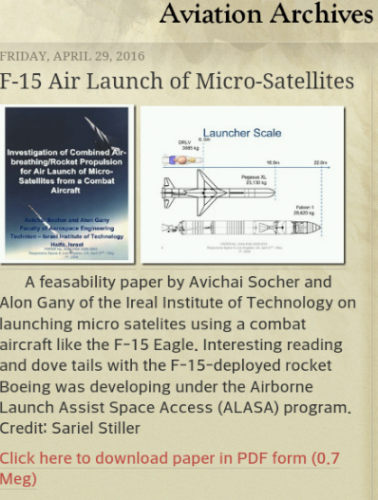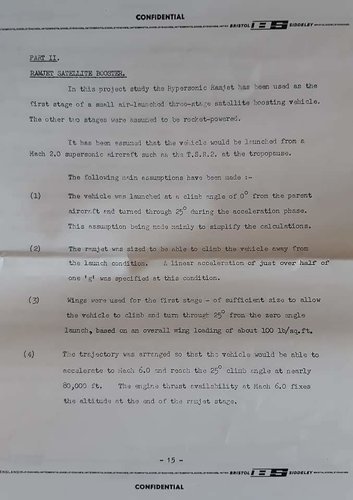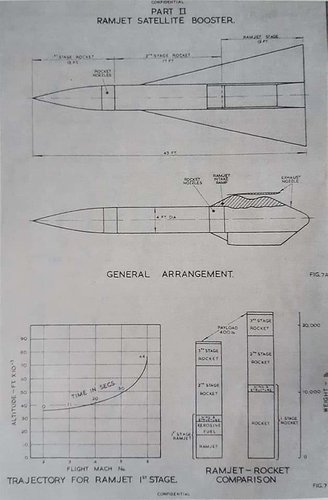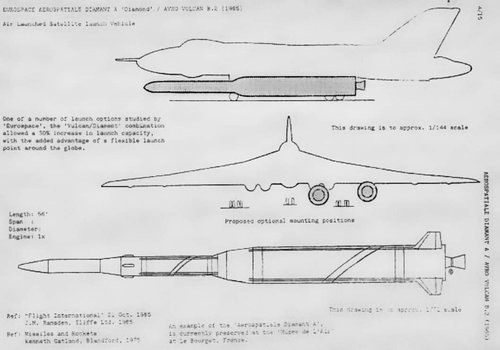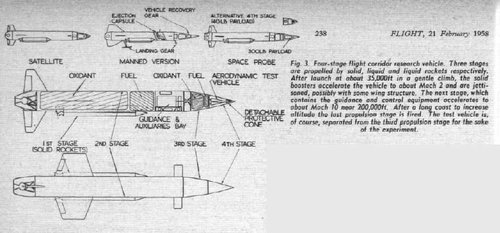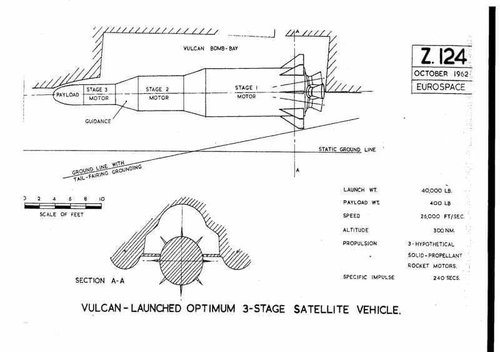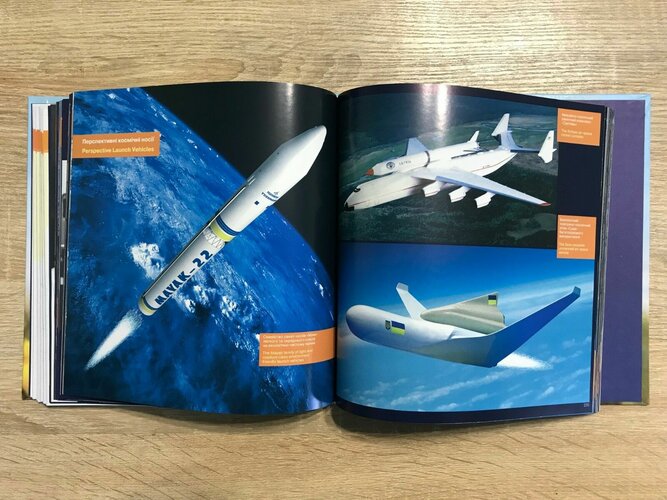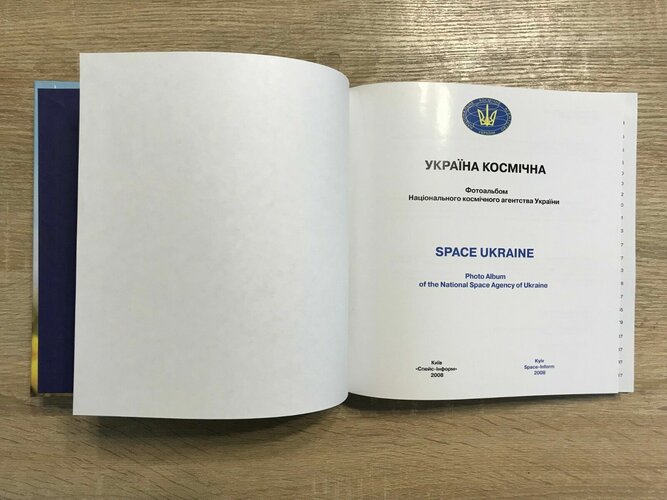Agreed thoug they actually did "make-it-happen" and paid for the development. Like the "Flyback-Booster" program there was/is no Congressional interest in continuing towards an operational vehicle hence no funding. Once this was clear there was no need for work beyond the test program itself.blackstar said:RanulfC said:Actually the Air Force did, it was in fact the main requirement given for the Air Launch AND the DARPA/NASA study by them. Randy
They didn't fund it. I consider "cares" to mean "willing to pay to make it happen."
Randy


